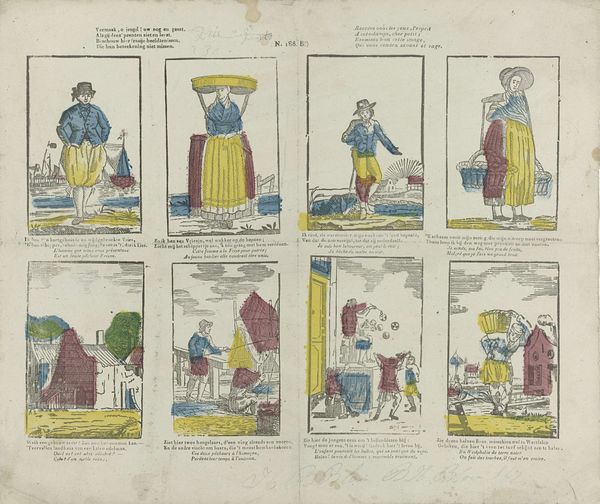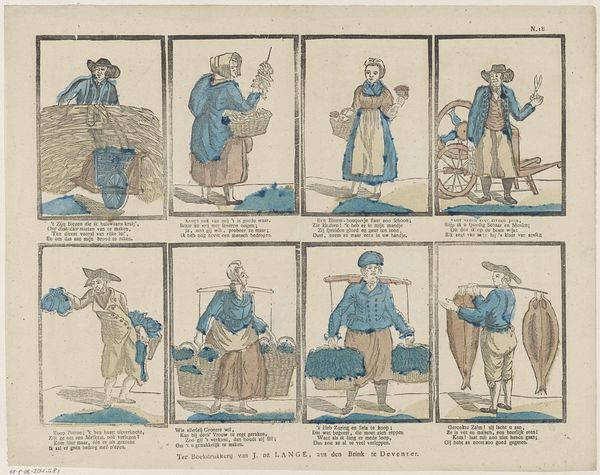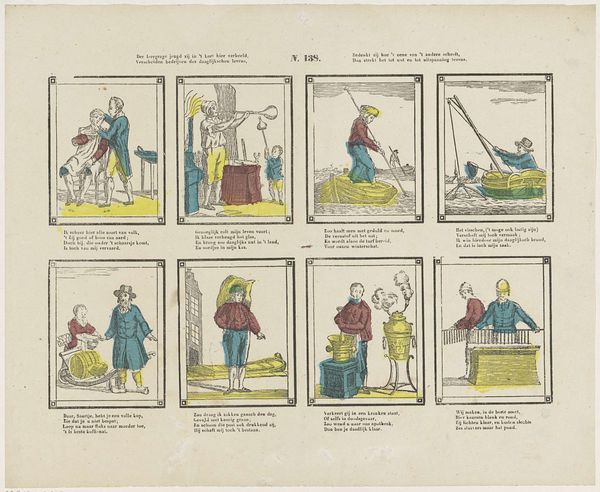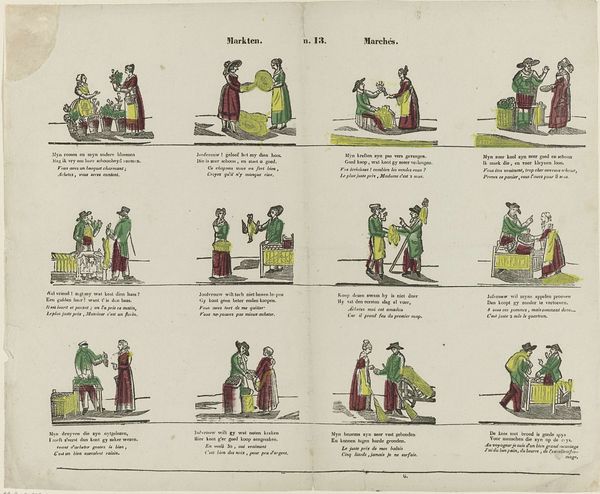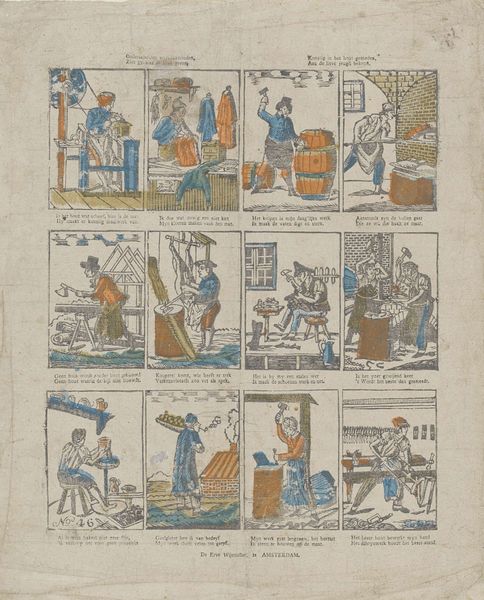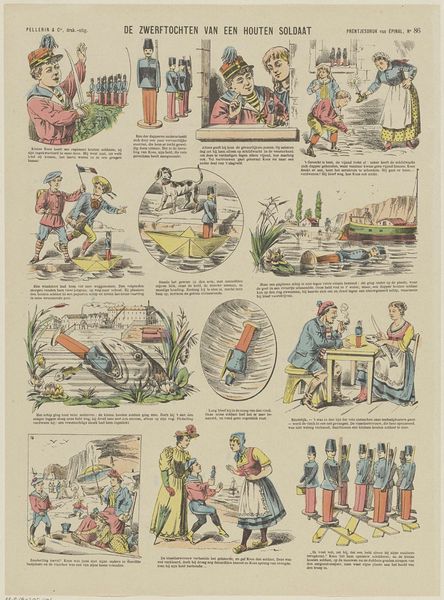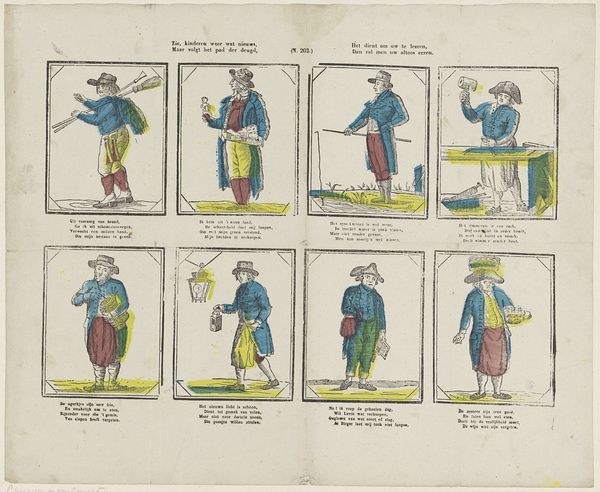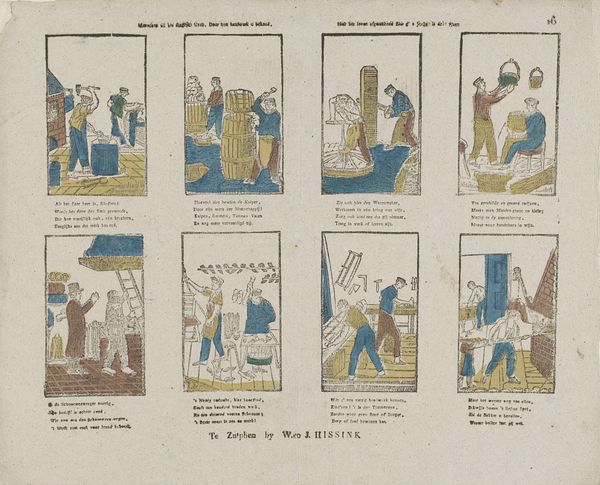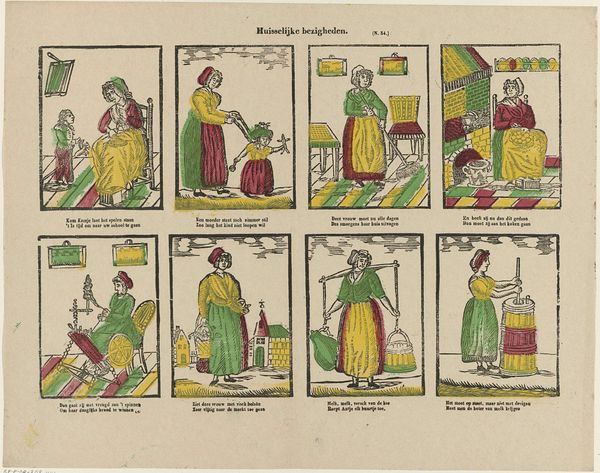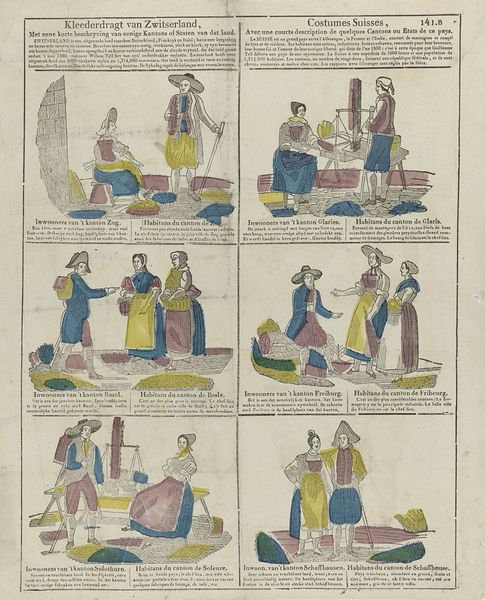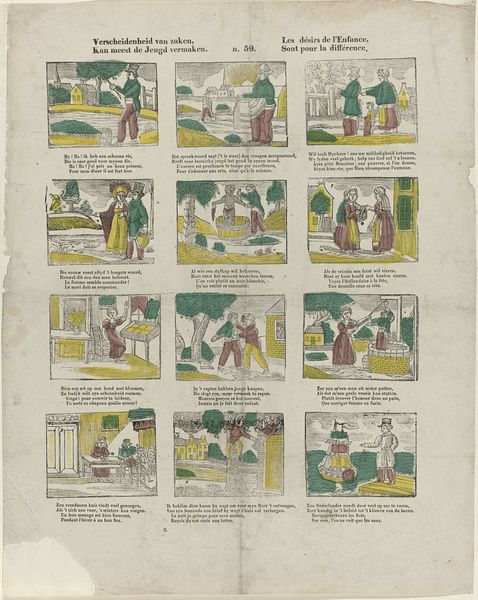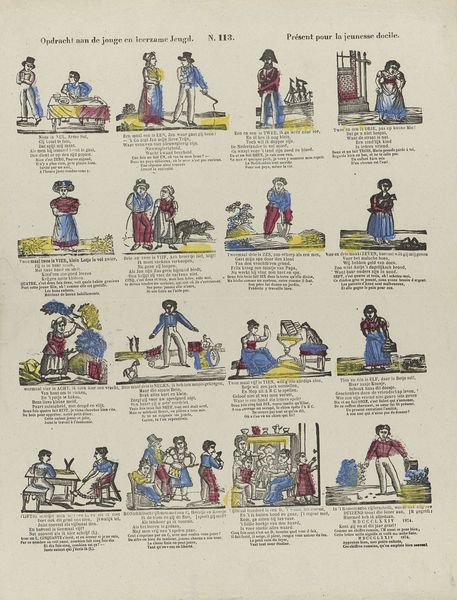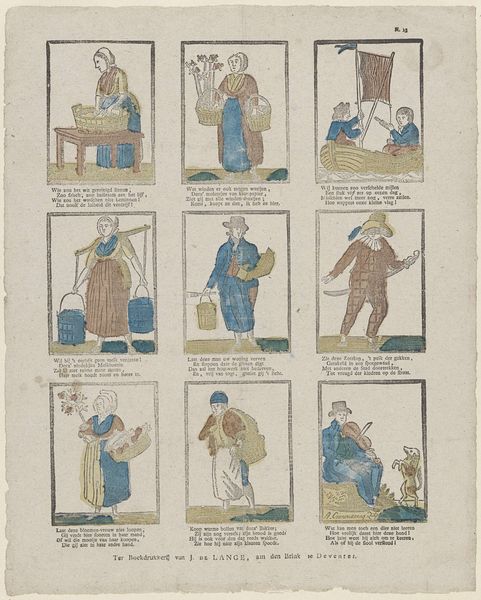![Vermaak, o jeugd! uw oog en geest, / Als gij deez' prenten ziet en leest [(...)] by Philippus Jacobus Brepols](/_next/image?url=https%3A%2F%2Fd2w8kbdekdi1gv.cloudfront.net%2FeyJidWNrZXQiOiAiYXJ0ZXJhLWltYWdlcy1idWNrZXQiLCAia2V5IjogImFydHdvcmtzL2U0NDk2ZTQwLTg0MTMtNDhhOS1hNzkzLTE4NzU4MWYwNjQwMi9lNDQ5NmU0MC04NDEzLTQ4YTktYTc5My0xODc1ODFmMDY0MDJfZnVsbC5qcGciLCAiZWRpdHMiOiB7InJlc2l6ZSI6IHsid2lkdGgiOiAxOTIwLCAiaGVpZ2h0IjogMTkyMCwgImZpdCI6ICJpbnNpZGUifX19&w=3840&q=75)
Vermaak, o jeugd! uw oog en geest, / Als gij deez' prenten ziet en leest [(...)] 1800 - 1833
0:00
0:00
graphic-art, print, woodcut, engraving
#
graphic-art
#
reduced colour palette
#
narrative-art
# print
#
sketch book
#
traditional media
#
personal sketchbook
#
sketchwork
#
folk-art
#
woodcut
#
15_18th-century
#
sketchbook drawing
#
character design for animation
#
genre-painting
#
storyboard and sketchbook work
#
cartoon carciture
#
sketchbook art
#
engraving
Dimensions: height 339 mm, width 413 mm
Copyright: Rijks Museum: Open Domain
Editor: This print, titled "Vermaak, o jeugd! uw oog en geest," which translates to "Entertainment, O youth! your eye and mind", is by Philippus Jacobus Brepols, dating from around 1800 to 1833. It's a woodcut and engraving. I'm struck by how quaint and almost comic the figures are; the scenes feel both familiar and distant. What do you see in this piece? Curator: It's fascinating, isn't it? These aren't just quaint genre scenes; they are imbued with the values and anxieties of their time. Each image acts as a signifier, linking the viewer to a specific narrative and, more importantly, a shared cultural understanding. Consider, for example, the figures carrying goods, contrasted with children at play. How does that juxtaposition resonate with you? Editor: I suppose the carrying figures are hard labor. Is the juxtaposition perhaps emphasizing social class or stage of life? Curator: Precisely. Labor versus leisure. But even the 'leisure' activities, such as blowing bubbles, are didactic—a memento mori of sorts, ephemeral enjoyment. So, the imagery is layered, speaking to morality, societal roles, and the fleeting nature of existence, all common themes in folk art and genre painting of the time. The title also alludes to this; youth should find both joy and meaning, the pictures should teach and entertain. Do you see other symbols reinforcing this? Editor: The ships in the background of the first image. I hadn't considered how much could be read into a seemingly simple picture. Curator: These visual cues create cultural memory and continuity. The artist speaks not just to his contemporary audience, but across time. Understanding such symbolic weight enhances our appreciation, wouldn’t you agree? Editor: Definitely. I will never look at seemingly "simple" images the same way again! Curator: Indeed. These artworks invite us to look beyond the surface and understand the narratives woven within the symbols.
Comments
No comments
Be the first to comment and join the conversation on the ultimate creative platform.
